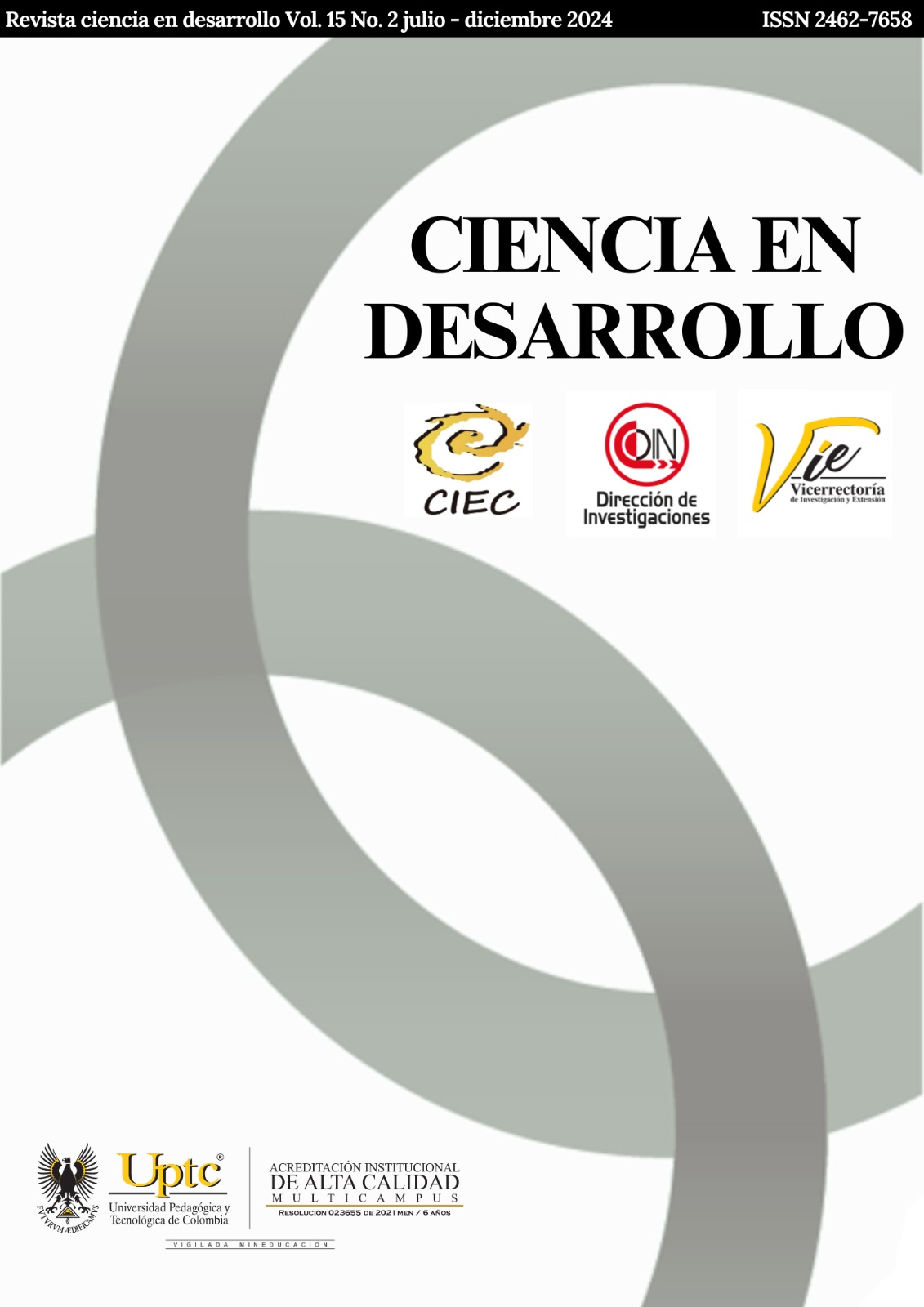Hidden Markov Model The Cornerstone Of Modern Proteomics

Abstract
Hidden Markov Model (HMM) have become one of the most widely used tools in biological sequence analysis, as they provide a robust mathematical framework for the modelling and analysis of biological sequences. In this paper we review the basic concept of HMMs and how it is possible to effectively use HMMs to represent biological sequences when identifying evolutionarily distant protein sequences.
Keywords
Hidden Markov Model (HMM), bioinformatics, domain, proteins
References
- B. Aslam, M. Basit, M. A. Nisar, M. Khurshid, and M. H. Rasool, “Proteomics: Technologies and their applications,” Journal of Chromatographic Science, vol. 55, no. 2. 2017. doi: 10.1093/chromsci/bmw167.
- D. R. Bentley, “The human genome project - An overview,” Medicinal Research Reviews, vol. 20, no. 3. 2000. doi: 10.1002/(sici)1098-1128(200005)20:3<189::aid-med2>3.0.co;2-%23.
- S. P. Melo et al., “Transcription of meiotic-like-pathway genes in Giardia intestinalis,” Mem Inst Oswaldo Cruz, vol. 103, no. 4, 2008, doi: 10.1590/S0074-02762008000400006.
- I. C. Castellanos, E. P. Calvo, and M. Wasserman, “A new gene inventory of the ubiquitin and ubiquitin-like conjugation pathways in giardia intestinalis,” Mem Inst Oswaldo Cruz, vol. 115, 2020, doi: 10.1590/0074-02760190242.
- D. I. Resnicow, J. C. Deacon, H. M. Warrick, J. A. Spudich, and L. A. Leinwand, “Functional diversity among a family of human skeletal muscle myosin motors,” Proc Natl Acad Sci U S A, vol. 107, no. 3, 2010, doi: 10.1073/pnas.0913527107.
- P. C. Hernández, L. Morales, I. C. Castellanos, M. Wasserman, and J. Chaparro-Olaya, “Myosin B of Plasmodium falciparum (PfMyoB): in silico prediction of its three-dimensional structure and its possible interaction with MTIP,” Parasitol Res, vol. 116, no. 4, 2017, doi: 10.1007/s00436-017-5417-y.
- S. Yoodee and V. Thongboonkerd, “Bioinformatics and computational analyses of kidney stone modulatory proteins lead to solid experimental evidence and therapeutic potential,” Biomedicine & Pharmacotherapy, vol. 159, p. 114217, 2023.
- T. F. Smith and M. S. Waterman, “Identification of common molecular subsequences,” J Mol Biol, vol. 147, no. 1, pp. 195–197, 1981.
- G. Myers, “What’s Behind Blast,” 2013. doi: 10.1007/978-1-4471-5298-9_1.
- S. F. Altschul, W. Gish, W. Miller, E. W. Myers, and D. J. Lipman, “Basic local alignment search tool,” J Mol Biol, vol. 215, no. 3, 1990, doi: 10.1016/S0022-2836(05)80360-2.
- R. Giegerich, “A systematic approach to dynamic programming in bioinformatics,” Bioinformatics, vol. 16, no. 8. 2000. doi: 10.1093/bioinformatics/16.8.665.
- ncbi, “Entries for the BLOSUM62 matrix at a scale of ln(2)/2.0,” ftp://ftp.ncbi.nlm.nih.gov/blast/matrices, Feb. 22, 2023.
- M. P. Styczynski, K. L. Jensen, I. Rigoutsos, and G. Stephanopoulos, “BLOSUM62 miscalculations improve search performance,” Nature Biotechnology, vol. 26, no. 3. 2008. doi: 10.1038/nbt0308-274.
- S. Henikoff and J. G. Henikoff, “Amino acid substitution matrices from protein blocks,” Proc Natl Acad Sci U S A, vol. 89, no. 22, 1992, doi: 10.1073/pnas.89.22.10915.
- S. F. Altschul et al., “Gapped BLAST and PSI-BLAST: A new generation of protein database search programs,” Nucleic Acids Research, vol. 25, no. 17. 1997. doi: 10.1093/nar/25.17.3389.
- A. A. Markov, “Rasprostranenie zakona bol’shih chisel na velichiny, zavisyaschie drug ot druga,” Izvestiya Fiziko-matematicheskogo obschestva pri Kazanskom universitete, vol. 2-ya seriy, 1906.
- L. R. Rabiner, “A Tutorial on Hidden Markov Models and Selected Applications in Speech Recognition,” Proceedings of the IEEE, vol. 77, no. 2, 1989, doi: 10.1109/5.18626.
- A. Krogh, M. Brown, I. S. Mian, K. Sjölander, and D. Haussler, “Hidden Markov Models in computational biology applications to protein modeling,” J Mol Biol, vol. 235, no. 5, 1994, doi: 10.1006/jmbi.1994.1104.
- M. Gribskov, R. Lothy, and D. Eisenberg, “Profile analysis,” Methods Enzymol, vol. 183, no. C, 1990, doi: 10.1016/0076-6879(90)83011-W.
- G. D. Forney, “The Viterbi Algorithm,” Proceedings of the IEEE, vol. 61, no. 3, 1973, doi: 10.1109/PROC.1973.9030.
- R. D. Finn et al., “Pfam: clans, web tools and services.,” Nucleic Acids Res, vol. 34, no. Database issue, 2006, doi: 10.1093/nar/gkj149.
- S. El-Gebali et al., “The Pfam protein families database in 2019,” Nucleic Acids Res, vol. 47, no. D1, 2019, doi: 10.1093/nar/gky995.
- J. Mistry et al., “Pfam: The protein families database in 2021,” Nucleic Acids Res, vol. 49, no. D1, 2021, doi: 10.1093/nar/gkaa913.
- S. R. Eddy, “What is a hidden Markov model?,” Nature Biotechnology, vol. 22, no. 10. 2004. doi: 10.1038/nbt1004-1315.
- S. C. Potter, A. Luciani, S. R. Eddy, Y. Park, R. Lopez, and R. D. Finn, “HMMER web server: 2018 update,” Nucleic Acids Res, vol. 46, no. W1, 2018, doi: 10.1093/nar/gky448.
- K. Karplus, C. Barrett, and R. Hughey, “Hidden Markov models for detecting remote protein homologies,” Bioinformatics, vol. 14, no. 10, 1998, doi: 10.1093/bioinformatics/14.10.846.
Downloads
Download data is not yet available.